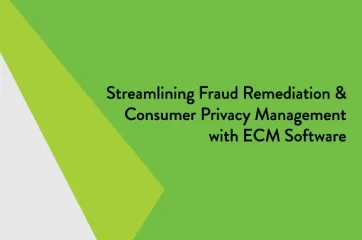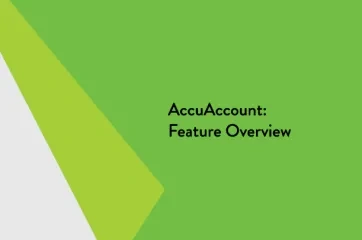What are Credit Exceptions?
Credit exceptions occur when a bank or credit union expects to have certain credit-related documents but does not.
For example, a community bank might require commercial customers to provide updated financial statements on a regular basis. Despite this reality, one of the bank’s customers failed to provide documentation by the requested date. In this situation, the customer’s missing financial statement would be referred to as a “credit exception.”
Why Monitoring Credit Exceptions is Important
Market fluctuations, competitive forces, and a variety of other factors can negatively impact an organization’s cash flow and financial performance—thereby reducing its ability to service existing debts. Monitoring the creditworthiness of commercial customers and members is an ongoing endeavor that helps financial institutions mitigate risk and ensure healthy, productive relationships.
For example, a downturn in the housing market could make it significantly harder for a general contractor to procure construction contracts. The general contractor’s lender maintains regular correspondence and requests updated documentation, which allows it to understand how changing conditions are impacting the business and loan performance.
Documentation & Credit Exceptions
Requesting updated documentation from borrowers is one of the most common ways that financial institutions keep their finger on the pulse of customers or members’ businesses. Loan policies usually specify which documents should be regularly monitored based on the type of loan. For example, a commercial real estate loan with a multi-year term will likely have different documentation requirements than an operating line of credit. However, generally speaking, financial institutions often request the following types of documentation for commercial loans:
- Personal or business financial statements
- Tax returns
- Inventory lists
- Accounts receivable statements
- Rent rolls
Tracking & Resolving Credit Exceptions
Spreadsheets are a popular choice for tracking a financial institution’s credit exceptions. Creating and sharing spreadsheets requires minimal upfront cost but may involve considerable effort to ensure data accuracy and efficient reporting. Desktop tickler systems offer a more structured approach but can still lead to siloed exception data depending on the bank or credit union’s processes. Using a core-integrated solution, such as AccuAccount, can reduce manual data entry and increase accessibility to credit exception data.
Browse Additional Resources
Continue reading about exceptions or visit Alogent’s Innovation Hub for dozens of helpful resources, including case studies, videos, white papers, blog articles, and much more.














